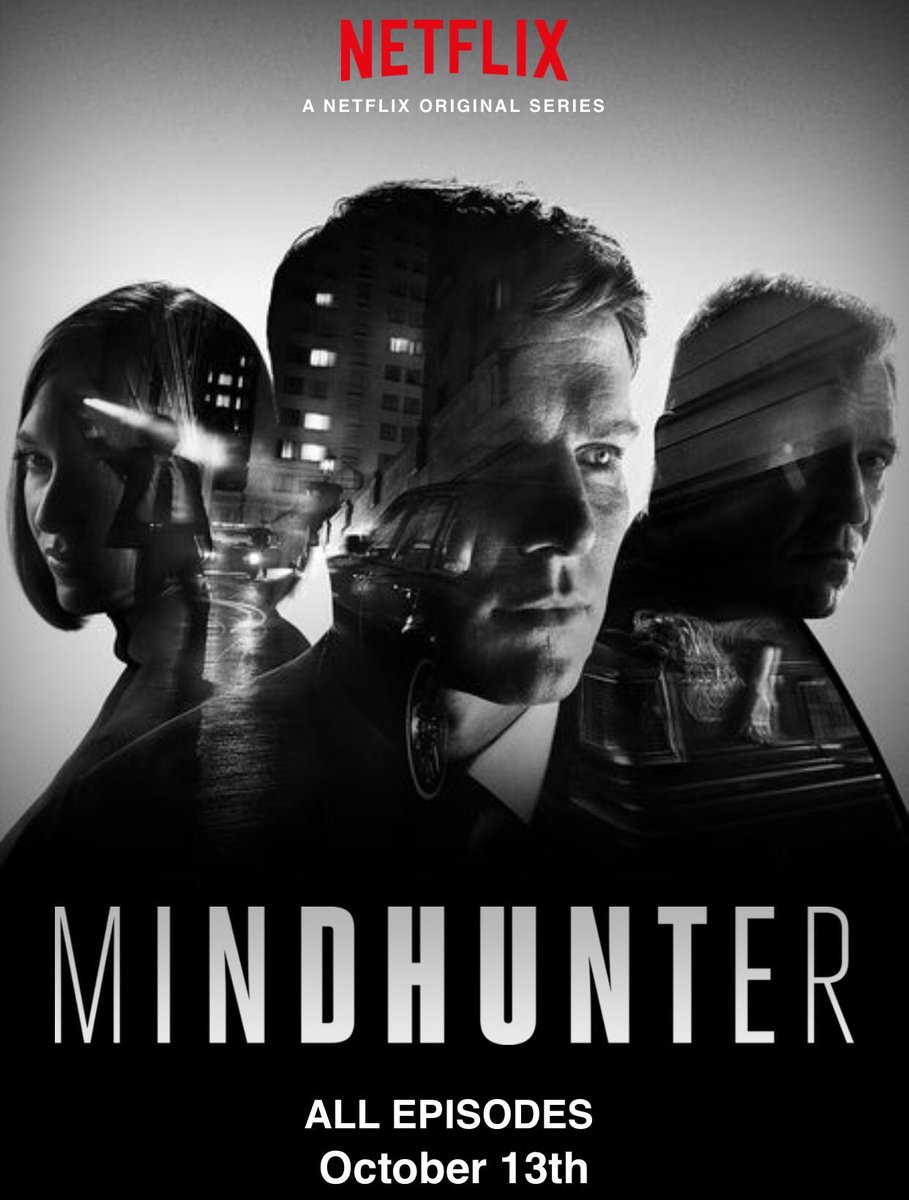We're seeking new members for our 2025 Board of Directors, as well as our founding Associate Board for young professionals 35 and under. Details and application at each of the links above.
The CHIRP Blog
Nicole Oppenheim: Ear Candy writesCHIRP Radio Best of 2017: Nicole Oppenheim
|
Throughout December, CHIRP Radio presents its volunteers’ top albums of 2017. Our next list is from DJ (Ear Candy, Friday mornings 9-12) Nicole Oppenheim. Before I begin, can we all just agree that Kendrick Lamar made the best record of 2017? Yes? Good. What follows is a top ten list of all non-Kendrick records of the year. While all albums on this list are great, DAMN. was a masterpiece. |
Heathen Disco with Doug Mosurock writesCHIRP Radio Best of 2017: Doug Mosurock
|
Throughout December, CHIRP Radio presents its volunteers’ top albums of 2017. Our next list is from DJ and Assistant Music Director Doug Mosurock. This list covers new albums by current groups. Reissues and singles will be listed some other place. These are some of the records I spent time with and enjoyed in 2017. Hopefully you'll dig into some of these and get on my level. Time to break ruts and avoid easy choices. |
algabor writesCHIRP Radio Best of 2017: Al Gabor
|
Throughout December, CHIRP Radio presents its volunteers’ top albums of 2017. Our next list is from CHIRP Radui volunteer Al Gabor.
|
Clarence Ewing: The Million Year Trip writesCHIRP Radio Best of 2017: Clarence Ewing
|
Throughout December, CHIRP Radio presents its volunteers’ top albums of 2017. Our next list is from DJ and Online Media Director Clarence Ewing. My list this year is somewhat Euro-centric. Why is that? I don’t know. There’s just a lot of cool stuff going on in Europe, I guess. |
Kevin Fullam writesThe Fourth Wall: Mindhunter
Welcome to The Fourth Wall, CHIRP's weekly e-conversation on cinema. This week's subject is the Netflix series Mindhunter.
This edition is written by CHIRP Radio volunteers Kevin Fullam and Clarence Ewing.
 Kevin:
Kevin:
While delving into the first few episodes of Netflix's Mindhunter, I couldn't help but think about how much more I'd enjoy the crime series if Bunk and McNulty from The Wire were working these murder cases instead of FBI agents Holden Ford (Jonathan Groff) and Bill Tench (Holt McCallany). Or gimme Columbo, rumpled trenchcoat and all? As it turns out, Mindhunter prompted a trip down memory lane with regards to the genre... usually via comparisons not to its benefit.
It's clear that -- at least to Hollywood -- FBI folks are wound just a bit tighter than your typical big-city homicide detectives. And much more humorless. I loved The Silence of the Lambs, but Jodie Foster's Clarice Starling was a no-nonsense investigator who wasn't exactly dripping with personality. And neither are Ford and Tench, who slip into time-worn tropes early on: Ford as the wide-eyed, young idealist, and Tench as the world-weary veteran.
The two are partners in the late 1970s, traveling the country and teaching crimefighting techniques to local law-enforcement agencies. Early on, Ford develops a fascination with what's deemed as a new, sinister brand of criminal: the serial killer, whose motives aren't related to revenge or personal gain. Soon, Dr. Wendy Carr (Anna Torv), a psychology professor, joins the duo, and the game is afoot.
